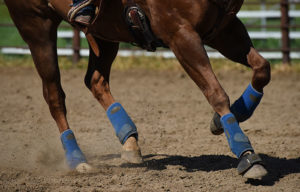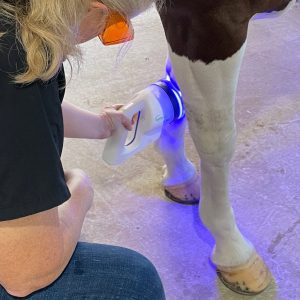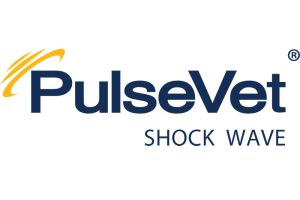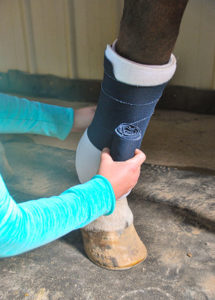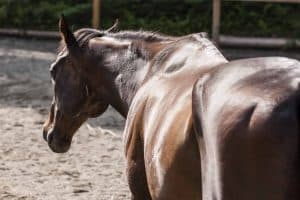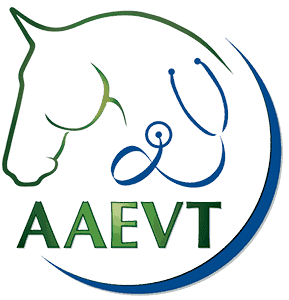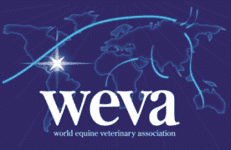Kentucky Issues Statement on California EHV Impact

“In the past three weeks, we have learned of multiple occurrences of EHV-1 impacting equine events in California,” the statement, issued by Rusty Ford, Equine Operations Consultant for Kentucky’s OSV, said. “As we will soon be approaching the time of year that we historically see an increase in movement of equine exhibition and racing stock into Kentucky, I want to provide this status report describing the event in California as I understand it.”
The statement went on to say, “At this point in time, the outbreaks are affecting sport horses that had been or have had exposure to equines participating in events within California. As of today, I’ve not seen or heard of any reports that EHV-1 is affecting racing populations in California.
“While we are continuing to receive and assess information relative to the different disease events in California, we do not routinely see movement of sport horses from the Western states to Kentucky this time of year, thus we do not currently feel there is need to overly restrict all movement. We do though want to stress the importance of farms or other facilities that are receiving new arrivals to know the environment and history of new horses coming in and take the necessary precautions to ensure those new arrivals don’t introduce disease to your facility.”
The statement added, “Lastly, do remember that mitigating risk of disease introduction is a shared responsibility that requires commitment from everyone.”
You can access and download the American Association of Equine Practitioners’ biosecurity guidelines from the AAEP website.
KDA will continue to monitor the situation and advise Kentucky industry participants of any warranted changes.
EHV 101
Herpesvirus is highly contagious among horses and can cause a variety of ailments in equids, including rhinopneumonitis (a respiratory disease usually found in young horses), abortion in broodmares, and equine herpesvirus myeloencephalopathy (EHM, the neurologic form).
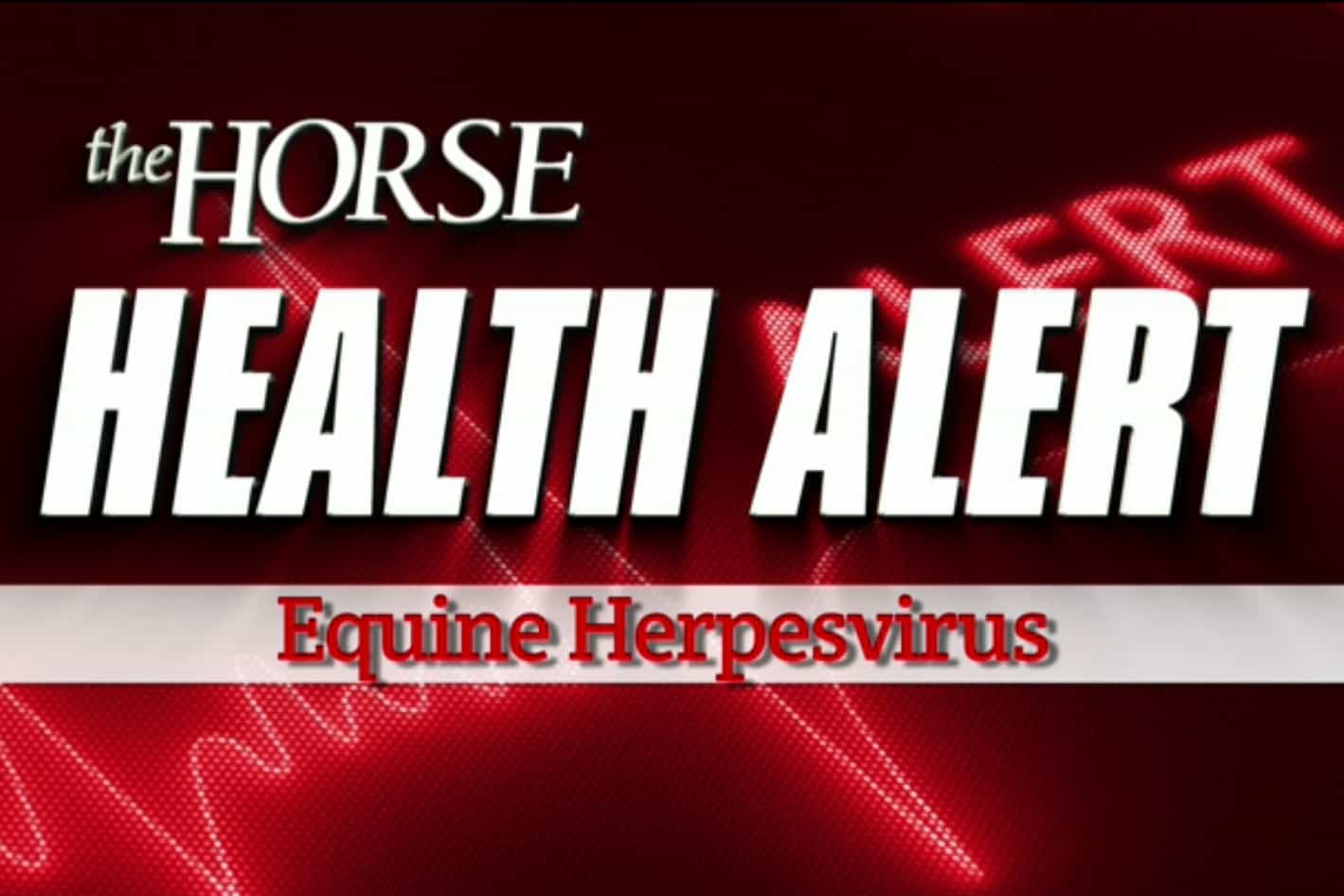
In many horses, the first or only sign of EHV-1 infection is fever, which can go undetected. In addition to fever, other common signs of EHV-1 infection in young horses include cough, decreased appetite, depression, and a nasal discharge. Pregnant mares typically show no signs of infection before they abort, and abortions usually occur late in gestation (around eight months) but can be earlier. Abortions can occur anywhere from two weeks to several months following infection with EHV-1.
Horses with EHM usually have a fever at the onset of the disease and might show signs of a respiratory infection. A few days later, neurologic signs such as ataxia (incoordination), weakness or paralysis of the fore- and hind limbs, urine retention and dribbling, loss of tail tone, and recumbency (inability to rise) develop.
Herpesvirus is easily spread by nose-to-nose or close contact with an infectious horse; sharing contaminated equipment including bits, buckets, and towels; or clothing, hands, or equipment of people who have recently had contact with an infectious horse. Routine biosecurity measures, including hygiene and basic cleaning and disinfection practices, should be in place at all times to help prevent disease spread.
Current EHV-1 vaccines might reduce viral shedding but are not protective against the neurologic form of the disease. Implementing routine biosecurity practices is the best way to minimize viral spread, and the best method of disease control is disease prevention.
Written by:
Edited Press Release
Related Articles
Stay on top of the most recent Horse Health news with




